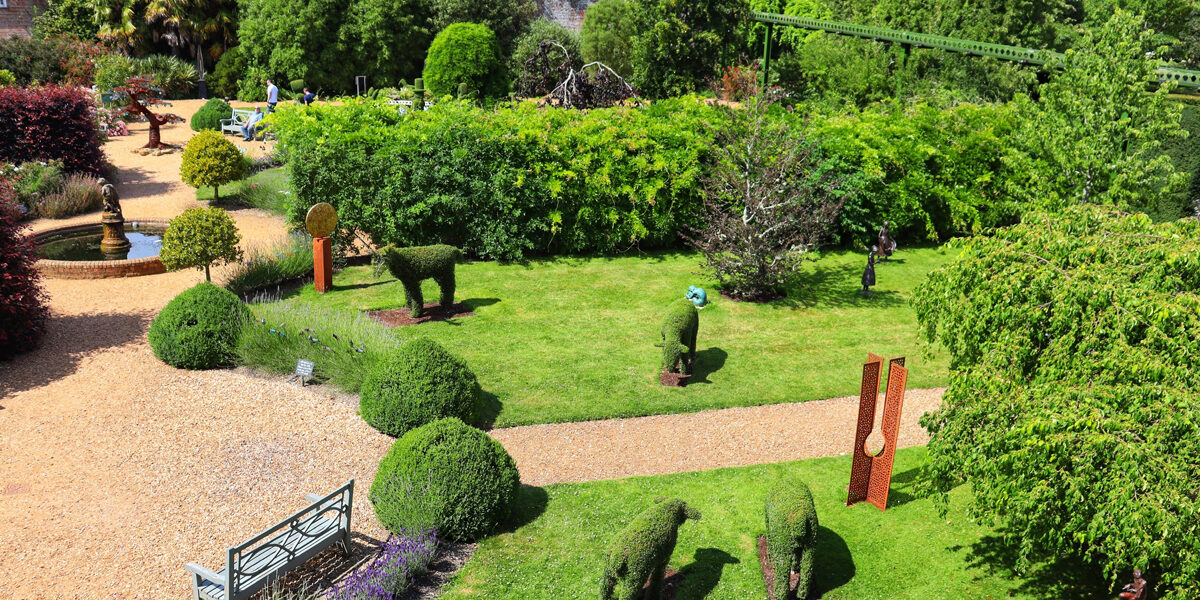Introduction:
In an era where environmental sustainability is crucial, homeowners have a unique opportunity to contribute to a greener future through sustainable landscaping practices. By adopting eco-friendly solutions, we can create beautiful outdoor spaces that are not only aesthetically pleasing but also promote biodiversity, conserve water, and minimize our ecological footprint. In this blog, we will explore various sustainable landscaping techniques and how they can be implemented to create a harmonious balance between nature and our living spaces.
Choose Native Plants:
One of the fundamental principles of sustainable landscaping is incorporating native plants into your outdoor spaces. Native plants are adapted to the local climate and require minimal maintenance, making them an ideal choice for eco-friendly landscapes. These plants are resilient, often drought-tolerant, and attract native wildlife, promoting biodiversity. By opting for native species, you reduce the need for excessive watering, fertilizers, and pesticides, thus minimizing your impact on the environment.
Water Conservation:
Water scarcity is a pressing concern in many regions, making efficient water usage a critical aspect of sustainable landscaping. Implementing water-conservation techniques can significantly reduce water consumption while maintaining a healthy and vibrant landscape. Consider installing a drip irrigation system that delivers water directly to plant roots, minimizing evaporation and runoff. Collect rainwater in barrels or use permeable materials such as gravel or permeable pavers to allow rainwater to infiltrate the soil. Additionally, group plants with similar water needs together to ensure efficient watering practices.
Composting and Mulching:
Composting and mulching are invaluable practices in sustainable landscaping. Composting kitchen scraps, yard waste, and fallen leaves not only reduces landfill waste but also produces nutrient-rich organic matter that can be used to improve soil health. Incorporating compost into your garden beds enhances soil fertility, reduces the need for synthetic fertilizers, and promotes healthy plant growth. Mulching with organic materials like wood chips or straw helps retain moisture, suppress weed growth, and regulate soil temperature, ultimately reducing water usage and minimizing the need for herbicides.
Integrated Pest Management:
Traditional pest control methods often rely on chemical pesticides that can be harmful to the environment, including beneficial insects and pollinators. Adopting an integrated pest management (IPM) approach is a more sustainable alternative. IPM involves identifying and monitoring pests, using natural predators, practicing proper plant care, and resorting to targeted pesticide applications only when necessary. By promoting a balanced ecosystem and minimizing pesticide usage, you create a healthier environment for both your plants and the surrounding wildlife.
Permeable Surfaces and Green Roofs:
To mitigate stormwater runoff and improve water absorption, consider incorporating permeable surfaces into your landscape design. Permeable pavements, such as porous concrete or gravel, allow rainwater to infiltrate the ground, reducing the burden on stormwater systems and preventing water pollution. Another innovative sustainable landscaping solution is green roofs, where vegetation is grown on rooftops. Green roofs provide insulation, reduce energy consumption, absorb rainwater, and create habitats for birds and insects, all while adding an aesthetically pleasing element to your property.
Conclusion:
Sustainable landscaping offers a multitude of benefits, both for the environment and homeowners. By implementing eco-friendly practices like using native plants, conserving water, composting, practicing integrated pest management, and incorporating permeable surfaces or green roofs, we can create outdoor spaces that are not only visually appealing but also environmentally responsible. Embracing sustainable landscaping is a step towards a greener future, where harmony between nature and our living spaces can thrive. Let’s play our part in preserving the planet by making conscious choices when designing and maintaining our landscapes.


